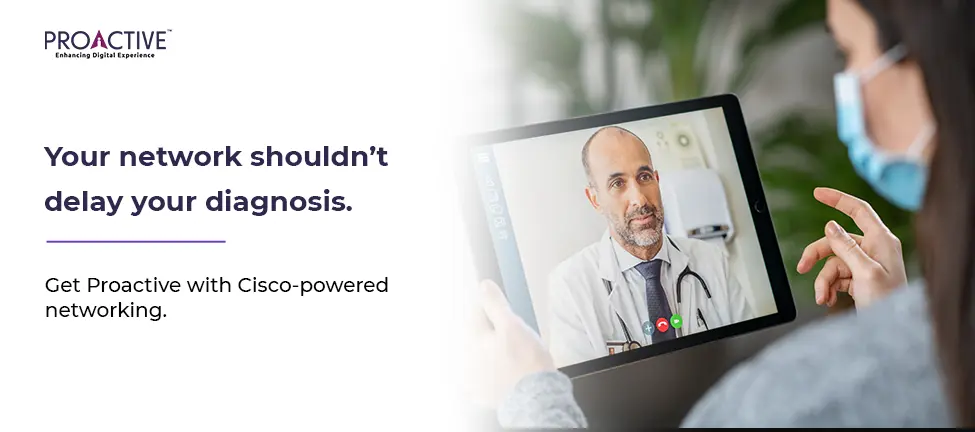Updated: July 15, 2025

Why Your Hospital’s Network Is Now a Medical Asset
Patient care doesn’t pause for poor connectivity. From real-time imaging to EMRs to telemedicine calls, the hospital network has become a mission-critical layer. In multi-speciality centres across Delhi, Hyderabad, and Ahmedabad, healthcare teams are pushing digital transformation, but the network still lags.
If your hospital operates digital systems on analogue-grade infrastructure, you risk compromising patient safety, violating compliance, and experiencing operational chaos. This guide outlines what a modern healthcare network must deliver.
Who This Is For
You manage IT at a hospital, clinic chain, diagnostic lab, or healthcare startup. Your teams use electronic medical records, high-definition imaging, remote diagnostics, and cloud apps. You’re adding IoT devices but struggling with dropped Wi-Fi, slow uploads, and unsecure access. This is for you.
The High-Stakes Nature of Healthcare Networks
Unlike most industries, hospitals run 24x7 with no room for error. Your radiology upload can’t buffer. Your EHR system can’t lag. Your nurse tablet must sync in real time. These aren’t nice-to-haves. They're baseline expectations.
Here’s what makes healthcare networks harder:
The 6 Non-Negotiables of Modern Hospital Networking
1. Campus-Wide Wi-Fi 6 with Fast Roaming
Doctors move across wards. Nurses carry tablets. Patient monitors sync wirelessly. You need full coverage without drop-offs. Wi-Fi 6 enables higher capacity, lower latency, and better device concurrency. Fast roaming ensures uninterrupted handoffs between access points.
2. Role-Based Access and VLAN Segmentation
Guest users, lab systems, radiology units, and admin staff should never share the same network. Use VLANs to isolate traffic and enforce policies. Implement identity-based access to ensure each user gets the minimum necessary access.
3. Zero Trust Network Access (ZTNA)
Hospitals can’t trust by default. With visiting doctors, external vendors, and BYOD devices, Zero Trust is critical. Authenticate every device and session. Grant access based on role, posture, and location. Cisco Duo or similar platforms can enforce this across endpoints.
4. High Uptime Through Redundant Links and Failover
Medical records can't go dark during ISP downtime. Build redundancy at the WAN and LAN levels. Dual uplinks, SD-WAN, and failover switches should be standard. Hospitals in Chennai and Mumbai are already doing this to meet NABH digital infrastructure guidelines.
5. Environmental Monitoring and Smart Alerts
Deploy sensors for temperature, humidity, air quality in sensitive areas like operating theatres or vaccine storage. Use cloud-managed switches and access points that support sensor integration. Get alerts when conditions go out of range.
6. Compliance and Audit Readiness
You must meet HIPAA-equivalent standards in India, like DISHA or ISO 27799. Your network should log access, monitor anomalies, and provide audit trails. Use integrated dashboards for faster compliance reporting.
Where Most Healthcare Networks Fall Short
These issues aren’t just technical gaps. They compromise care delivery.
How Proactive Helps Digital Hospitals Run Clean
We’ve worked with hospital chains and diagnostic labs across India to build health-grade networks. From structured cabling in emergency rooms to high-density wireless in OPDs, our deployments are tailored to healthcare challenges.
We deploy Cisco Meraki for centralised visibility, Cisco ISE for secure access, and Cisco SD-WAN for multi-site sync. Our NOC supports 24x7 monitoring and incident response, so your IT doesn’t have to stretch beyond capacity.
Proactive is already helping hospitals in Bengaluru, Pune, and Noida scale without risk. Our designs meet audit norms, our service desk ensures SLAs, and our implementation teams don’t slow you down.
Data Points That Matter
Questions to Ask Your Team Today
If the answers are unclear, it’s time to fix the foundation.